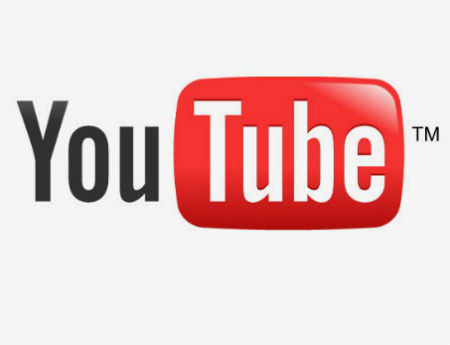Why YouTube Cares About Content Quality

After the launch of YouTube Red, Richard Lawson of Vanity Fairdeclared, “YouTube videos are, by and large, hot stinky garbage. But we watch them, because they are free garbage. And we love free things!”
This deliberately incendiary comment doesn’t take into account the fact that value itself is subjective, and that one man’s trash is another man’s treasure. YouTube and its more than a billion users and four billion video views daily are, in many ways, proof of that. It is the viewer’s experience that video content providers like YouTube need to care about.
Despite being delivered through technology, YouTube content resonates so strongly with viewers quite simply because it speaks to aspects of the human condition. In what other single place in the real or virtual world can a person access content that can make them laugh, cry, learn or experience? To consumers, the quality of their viewing experience is just as important as what they on watching. On YouTube and other OTT properties, just like in the real world, viewers want their experiences to be immersive.
They don’t want to wait for experiences to start or keep going. Viewers have come to expect a “broadcast quality” video experience and are usually disappointed if they don’t get one. In fact, 51% of consumers we surveyed who watch online or streaming video have experienced rage as a result poor video quality. The accessibility, continuity and quality of our experiences matter just as much as, or in many cases, perhaps more than, the content itself.
This is why when T-Mobile launched its new Binge On program, YouTube wasn’t happy. The program prevents T-Mobile subscribers from streaming HD video and in exchange allows them to stream video from Netflix, HBO Go and a number of other services without having it count towards their data usage. As a result, YouTube’s video is being downgraded to around 480p quality. A YouTube spokesman told the Wall Street Journal, “Reducing data charges can be good for users, but it doesn’t justify throttling all video services, especially without explicit user consent.”
And at CES 2016, Robert Kyncl, YouTube’s chief business officer, again proved the company’s commitment to quality. HeannouncedYouTube will soon support HDR videos as well. HDR improves video image quality and creates a more realistic, natural image. It also produces richer colors, improves contrast and enables viewers to see detail in dark, shadowy scenes.
At its most basic level, if a viewer can’t access the content, and have the experience when they want to, then it doesn’t exist to them. By the same token, if an online experience is constantly interrupted by buffering, stuttering, pixilation or drop-off, the value of the experience is diminished. In the worst cases, a positive experience can turn into a negative one, creating a damaging connection with the content. This is what YouTube is trying to prevent.
This paradigm extends beyond YouTube to just about every type of content or experience. No one would go to a theater to watch a movie that buffered, just as no one would read a book with pages torn out, or see a play where the lights flickered. These potentially positive experiences could turn into negative ones, and the implications for those who create the content – whether they are filmmakers, authors, playwrights or YouTube stars with iPhones – could be dire.
In the case of YouTube, to define the entirety of its offerings as garbage misses the point. The statement devalues its content, but also, to an extent, its viewers. In a way, YouTube’s value lies in making so much content so accessible. YouTube breaks down experience barriers and quality control backs this up. It gives us things we value in a way that enriches our lives. I’d hardly call that garbage.
--Diane Tarr-Smith is a strategic marketing consultant at IneoQuest Technologies, a provider of video analytics and service assurance solutions
Multichannel Newsletter
The smarter way to stay on top of the multichannel video marketplace. Sign up below.



